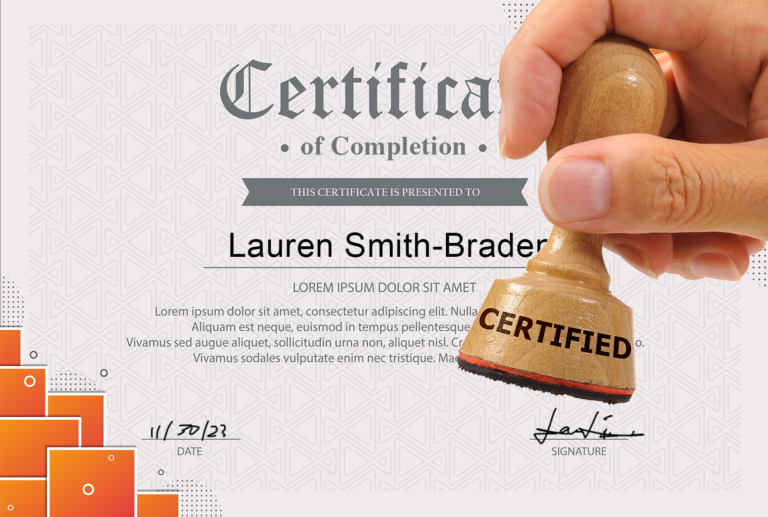Home » Instructional Design

Our expertise lies in creating powerful and engaging training content for our clients, including e-learning modules, and classroom coursework.

We design custom learning paths and curriculums for our clients based on their specific needs and to accomplish their unique learning goals.

We can provide a thorough assessment of your educational needs, goals and requirements in order to design the right learning experiences for you.

At times, simply taking a training course isn’t enough. When your organization requires learners to be certified in a particular subject, we can help.

We specialize in creating multimedia rich content, including audio/visual training programs that can easily be played from within any modern LMS.

We can convert your existing training content into engaging e-learning courses that can easily be uploaded into your Learning Management System.
The following are elements of effective instructional design:
What is the end goal (expected outcome) that the proposed training is trying to accomplish?
This could be either a change in behavior, the ability to perform a task, or the acquisition of information/knowledge to satisfy a specific requirement, etc.
Learning objectives are a critical part of instructional design.
They are concrete, measurable, and narrowly-defined intentions that clearly describe what learners are expected to do or know as a result of a specific learning experience.
An important element of designing effective training content is considering the background of the learner.
This includes their educational level, their prior knowledge of/experience with the course material, their motivation for learning, demographics (age, gender), potential biases, or diversity or mix of the learner population, etc.
To ensure maximum results based on the goals, objectives, learners, and type of content, the right mode of instruction must be selected.
This could include some of the following:
– Live instructor-led classroom instruction
– Live training via video conference (instructor-led)
– Pre-recorded instructor-led session
– E-learning module(s) for self-directed learning
– Blended approach consisting of a mix of the above methods)
A multiplicity of strategies can be employed to accomplish learning.
For example:
– Group activities
– Games
– Individual study/research
– Role-playing activities
– Discussions
– Knowledge Checks
etc.
Assessing, whether a learning objective or instructional goal has been met, is an essential part of instructional design.
This can be accomplished in a variety of ways, including monitoring post-instructional performance or via knowledge checks (e.g. quizzes, exams).

ADDIE:
A common method for designing and creating instructional content. ADDIE stands for:
Analyze: Determining the need for training, the instructional goals and objectives, understanding who the learners are, and creating a training plan.
Design: This is where all practical decisions are made regarding what to train and how to train it. The outcome should be either a prototype or storyboard.
Develop: During this phase the actual course with its instructional content is being created. Testing is also an important part of this phase.
Implement: In this phase the course is being rolled out/delivered to learners.
Evaluate: Once the training has been delivered, it needs to be evaluated to ensure goals/objectives have been met. Feedback is also gathered to see if the instructions need to be modified.
SAM (Successive Approximation Model):
An agile instructional design model that relies on rapid development processes that are iterative/repeatable to approximate the finished instructional product. Steps include
Evaluate: Includes a prep phase and a brainstorming event (“Savvy Start”) that reviews the instructional process from start to finish and focuses on learner outcomes. It may include an initial design concept.
Design: Project planning and incremental design of the prototype course is worked on. Feedback is gathered to affect design changes,
Develop: The completed prototype course is finished and is ready for production (implementation). Once it has been tested and feedback has been received, the Design, Develop, Evaluate phases are repeated to make ongoing adjustments if necessary,

Metrix Performance, LLC 2023 Ⓒ All Rights Reserved.
Website design by


We would love to talk to you about your business needs and how we can assist you with our services.
Please fill in the form below and we will contact you within one business day.